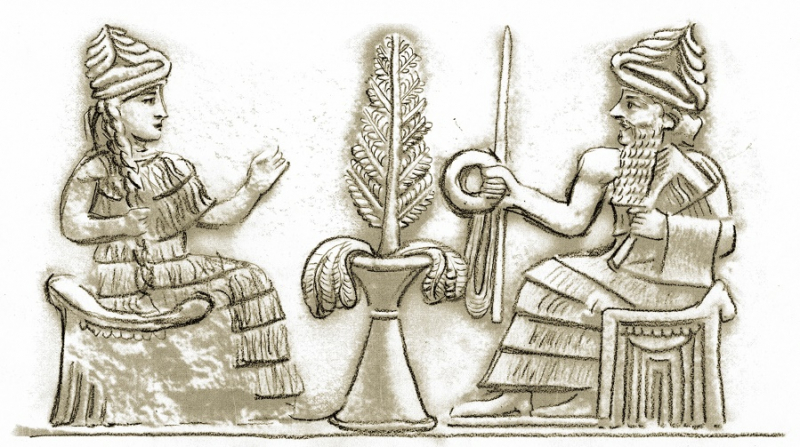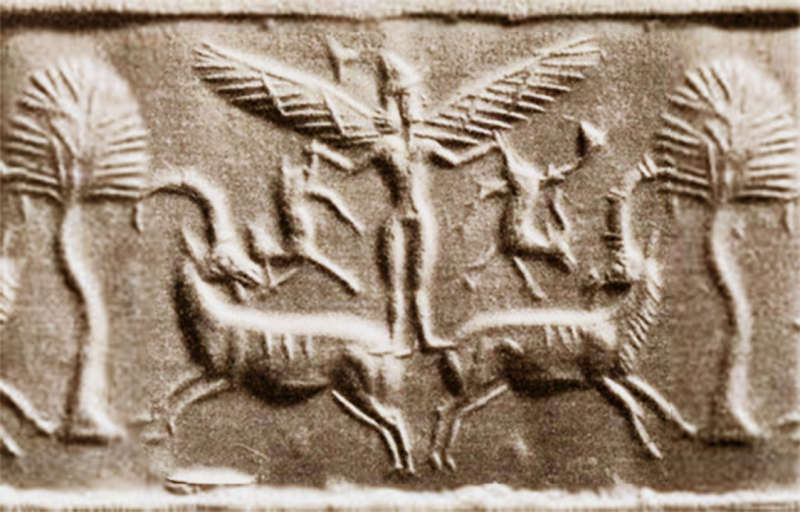Inanna appears in more myths than any other Sumerian deity
One of the most interesting facts about Ancient Mesopotamia Goddess Inanna is that Inanna appears in more myths than any other Sumerian deity. She also had a disproportionately large number of epithets and variant names, second only to Nergal. Many of her mythologies involve her assuming the kingdoms of other gods. Enki, the god of wisdom, was said to have handed her the mes, which embodied the positive and negative qualities of civilization. She was also thought to have seized control of the Eanna temple from An, the god of the sky. Inanna, along with her twin brother Utu (later known as Shamash), was the enforcer of divine justice; she destroyed Mount Ebih for challenging her authority, unleashed her wrath on the gardener Shukaletuda after he raped her in her sleep, and tracked down and killed the bandit woman Bilulu in divine retribution for murdering Dumuzid. Ishtar begs Gilgamesh to be her consort in the classic Akkadian version of the Epic of Gilgamesh. When he refuses, she summons the Bull of Heaven, which kills Enkidu and forces Gilgamesh to confront his mortality.
The story of Inanna's descent into and return from the ancient Mesopotamian underworld, controlled by her older sister Ereshkigal, is her most renowned myth. When she enters Ereshkigal's throne room, the seven underworld judges find her guilty and execute her. Three days later, Ninshubur begs all the gods to return Inanna. Except for Enki, who sends two sexless beings to rescue Inanna, all of them deny her. They accompany Inanna out of the underworld, but the Galla, the underworld's guards, pull her husband Dumuzid down as her replacement. Dumuzid is eventually allowed to return to heaven for half of the year, while his sister Geshtinanna stays in the underworld for the other half, culminating in the seasonal cycle.











